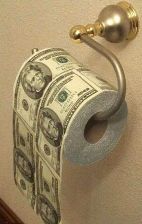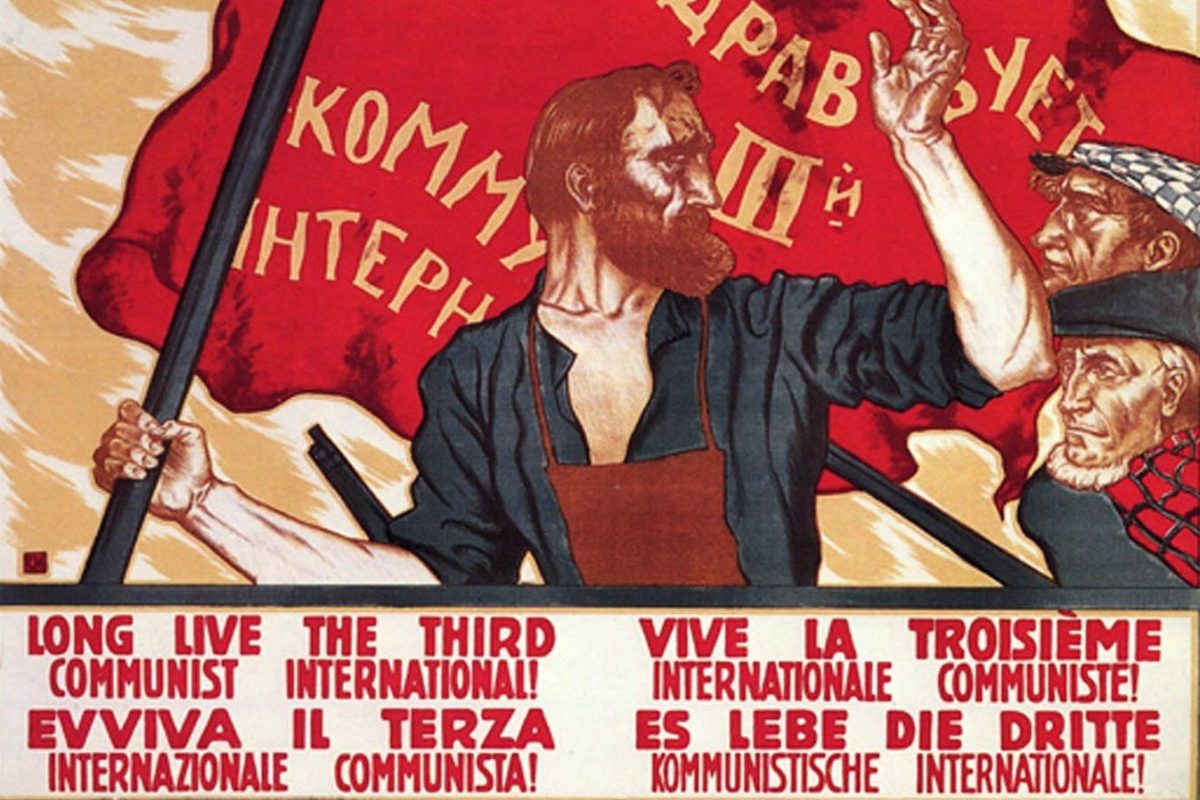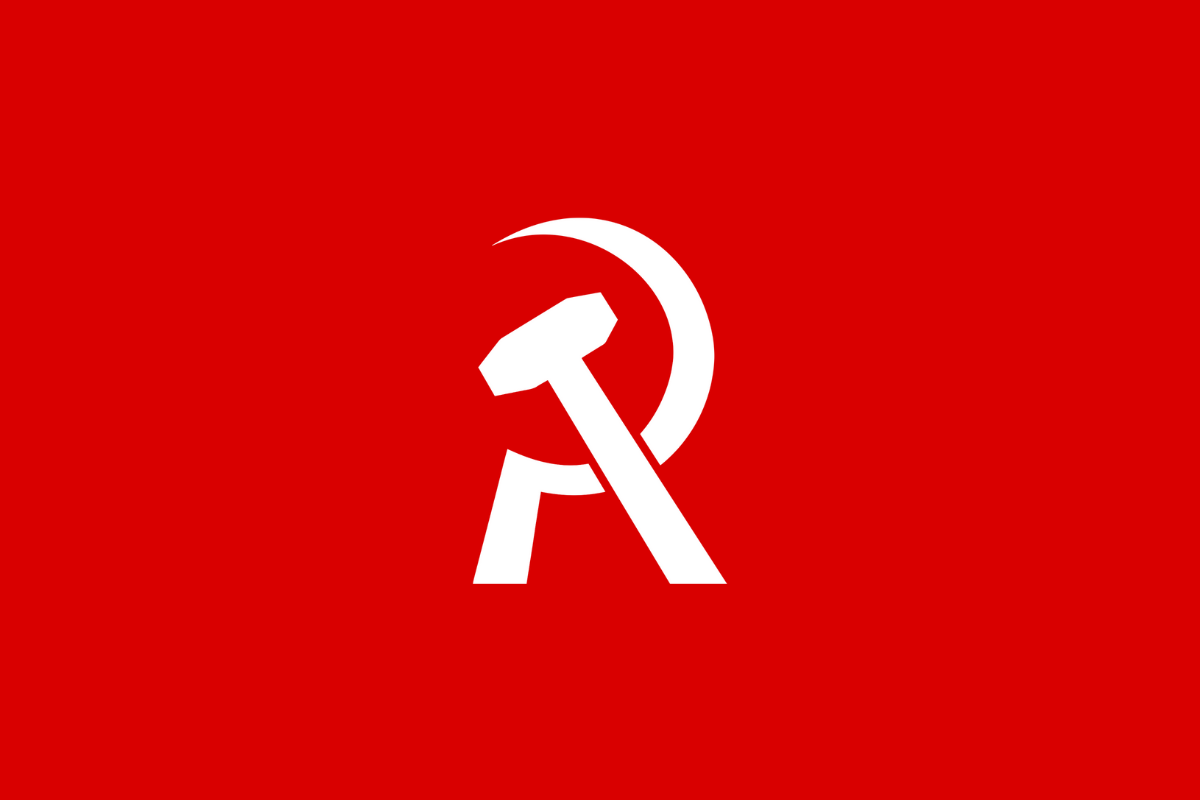Every day, it seems, the dollar hits new
lows against other currencies. What does this mean for the world economy?
The immediate cause of the sliding dollar
is not far to seek. It’s the US
deficit with the rest of the world. Last year the USA imported nearly twice as much
as it exported. Their current account deficit stands at 6% of national income.
If a country is spending more than it’s earning, then it has to pay for the
difference.
On the foreign exchanges, if goods go one
way money goes the other way. Since a currency’s value under floating exchange
rates is determined in the global marketplace, a deficit will cause an outflow
of currency, leading to a depreciation of the national money. That will lead to
exports getting cheaper and imports dearer. In theory this will correct the
imbalance over time. It hasn’t been
working for the USA.
Now there is one way the authorities can
prop up the dollar. That is by jacking up interest rates so holders of
dollar-denominated assets will get a better return. But Ben Bernanke , head of
the US Central Bank (the Fed), has been busy cutting interest rates to try to
avoid a recession in America.
The authorities are now letting the dollar
slide. It is inevitable that, as the world economy slows, battles will break
out not just between the classes but between capitalist nation states.
Competitive devaluation is one way of trying to secure an advantage over other
countries. These were called ‘beggar my neighbour’ policies in the 1930s, and
they caused world trade to dry up in the Great Depression. It looks like there’s
more to come.
The world economic order in 1945 was
dominated by the USA.
At Bretton Woods the Americans had laid down the basic ground rules of the post-War
economic order. The main world reserve currency was to be the dollar, which was
regarded ‘as good as gold’. Other capitalist nations had fixed exchange rates
against the mighty dollar. Fixed exchange rates meant that a country had to pay
for goods from abroad, including any deficit, at a set ratio. If the country
ran out of hard cash, they would have to deflate the economy. By making
everyone poorer it was believed that the excess demand for imported goods would
subside. This is a bit like the ancient medical tradition of applying leeches
to the human body to cure a fever. Since bleeding weakens the body, the fever
subsides for a while. But of course the treatment deals with symptoms, not the
cause of the problem, which in this case was lack of competiveness. The only
alternative to deflation under fixed rates was devaluation.
If the country ran out of hard cash, they
would have to devalue. If a national currency was obviously showing signs of
weakness by running a deficit, it was surrounded by speculative vultures. These
people had a one-way bet, as Britain
showed in 1967. The speculators could buy other currencies with pounds and wait
for the capital gain if devaluation occurred – 14% in one day in this case. If
there was no devaluation, then they hadn’t lost anything. So a wall of
speculative money could build up, making devaluation inevitable. Mighty America was
quite happy to have this medicine dished out to other nations. There was just
one country that didn’t have to follow the rules. That was the one that made
them up in the first place – the USA.
The US developed a growing deficit over
the post-War period. It suffered the fate of empires, falling into decline
compared with its crushing preponderance in 1945, and wasting huge sums on an
arms race with the USSR.
America
was able to abuse its privilege of holding the world’s reserve currency by
simply printing off dollars to pay its foreign debts. Eventually the edifice
created at Bretton Woods cracked as the international balance of forces changed
in the course of the post-War economic boom. The USA, no longer able to keep the
dollar pinned to its perch, floated the currency in 1971. The era of fixed
exchange rates was over. In effect financial markets continually revalued and
devalued national currencies
But, if the USA is now allowing the dollar to
slide to gain competitive advantage, they’re playing a dangerous game. As
Richard Wachman reports (Observer 30th
March 2008), “If the dollar continues to lose ground, and it has fallen by 52%
against a trade-weighted basket of currencies since 1985, other countries may
not find it worthwhile to invest in dollar denominated assets (which helps to
offset the US current account shortfall).”
Now the only thing stopping the dollar from
slumping into complete collapse is that other countries (particularly China) are
holding on to these dollar assets. But the biggest deficit the USA has is with China. Think about it; China is in effect lending America the money to buy Chinese exports to the USA. How long
can that go on for?
If the worth of the dollar is called into
question, what would follow? Wachman quotes Jeffrey Frankel of HarvardUniversity. “The US would lose
the ‘exorbitant privilege’ of being able to finance its international deficits
easily.” It’s a bit like owning the mint. What’s to stop you printing off a few
extra quid to have a party? In effect the USA has been continuing to abuse
its position as economic top-dog to have a free lunch at the expense of the
rest of the world by pumping out dollars to pay its bills.
Wachman consults with economists to discuss
the options. Stephen King of HSBC opines. “It is hard to write off the dollar.
Sure, the dollar will bump along the bottom for a while. When you have a
banking crisis like this, it could take a lot to fix it. It may be two or three
years of a long, hard slog. But why would central banks suddenly dump the
dollar? That would cut the value of their own substantive dollar assets. Don’t
forget, the Chinese have $1.5 trillion of foreign reserves.” King is saying the
Chinese have lost too much money to walk away from the card table.
He concludes. “Developing nations have
opted for the softer option of setting up sovereign wealth funds whose currency
portfolios are less than transparent, although analysts believe they are
‘euro-heavy’. These sovereign wealth funds are the most visible manifestation
of a shift of economic power from West to East.” This change is silent, but it
is seismic.
Some thinly populated wealthy countries
such as oil-exporting Kuwait
have had sovereign wealth funds (SWFs) for decades. More recently Norway has been putting its oil money aside for
a rainy day – unlike Thatcher, who squandered Britain’s
oil wealth from the North Sea on tax cuts for
the rich.
But SWFs have suddenly become explosively
important. The rising price of commodities has meant countries like Russia have
been able to pile up money and re-emerge on the world market and throw their
weight around by means of their SWF. Last year their wealth collectively stood
at $3,300bn. By 2010 they are likely to be $5,000bn and $10,000 by 2015. These
huge sums are like loose ballast in the hold of the world economy. In a storm
they could easily punch a hole in the hull. The established imperialist powers always
eye the emergence of potential rivals with mistrust. Will the funds be used to
settle political scores?
On the other hand no major player in the
world economy can afford to ignore these vast funds. Some of the banks trapped
in the sub-prime mortgage fiasco have already approached the funds with
outstretched begging hands. Whatever the reality, SWFs are part of the process
whereby the balance of wealth and power in the world economy is being
transformed.
As economist Charles Kindelberger pointed
out long ago, world capitalism needs one economic power to take the lead and
set the rules. He identified the crisis of the 1930s as so devastating because
no one power was able or prepared to run the world trading system. (The world in depression. 1929-39) Though
this is not the sole factor, it is an important part of the explanation for why
the Great Depression was so severe. In the nineteenth century Britain was the
economic hegemon. The twentieth century after 1945 was ‘the American century.’
In between there was international economic chaos. The torch is being passed on
once again. Will the gaping hole in international economic regulation have the
same consequences as it did in the 1930s?






